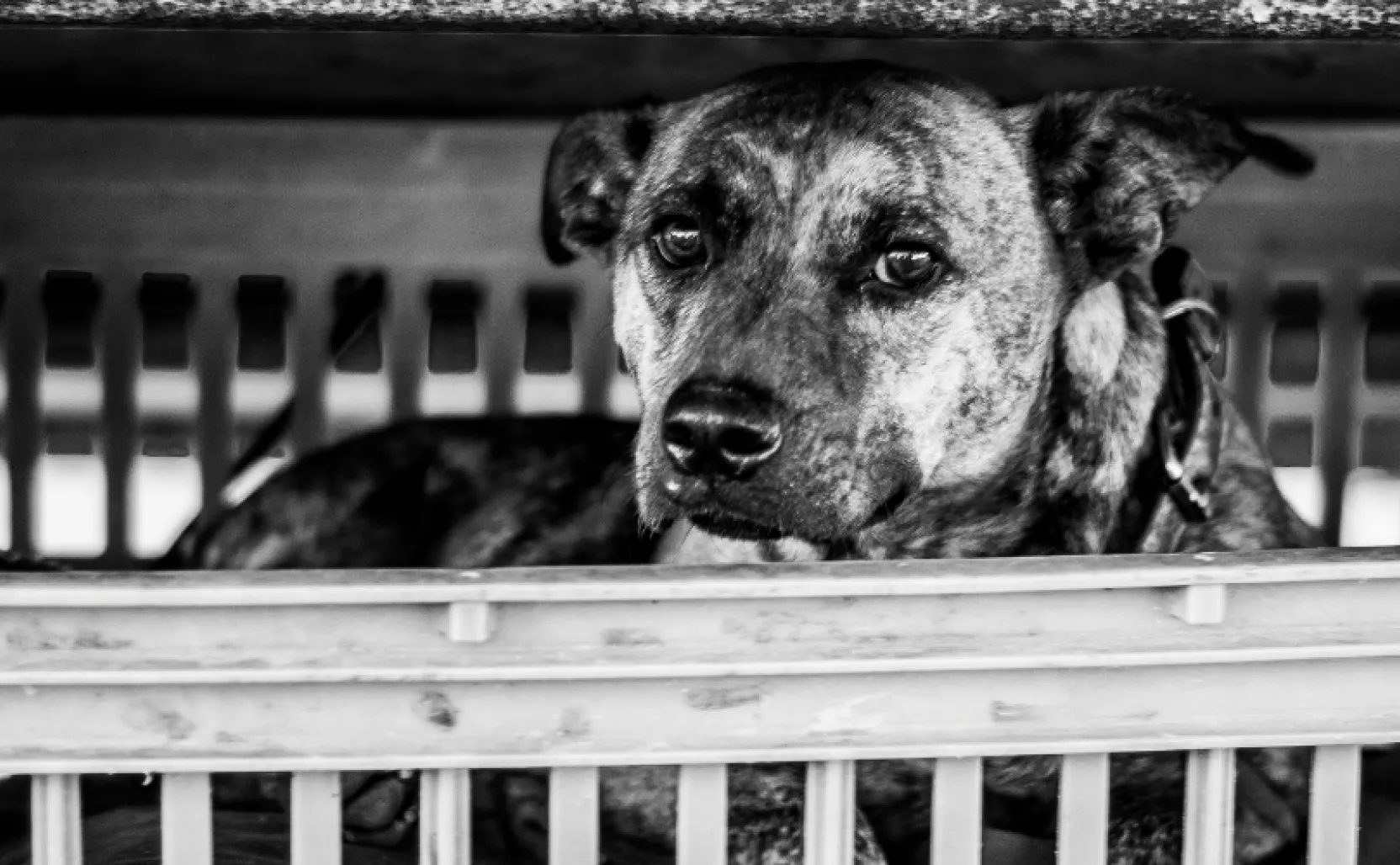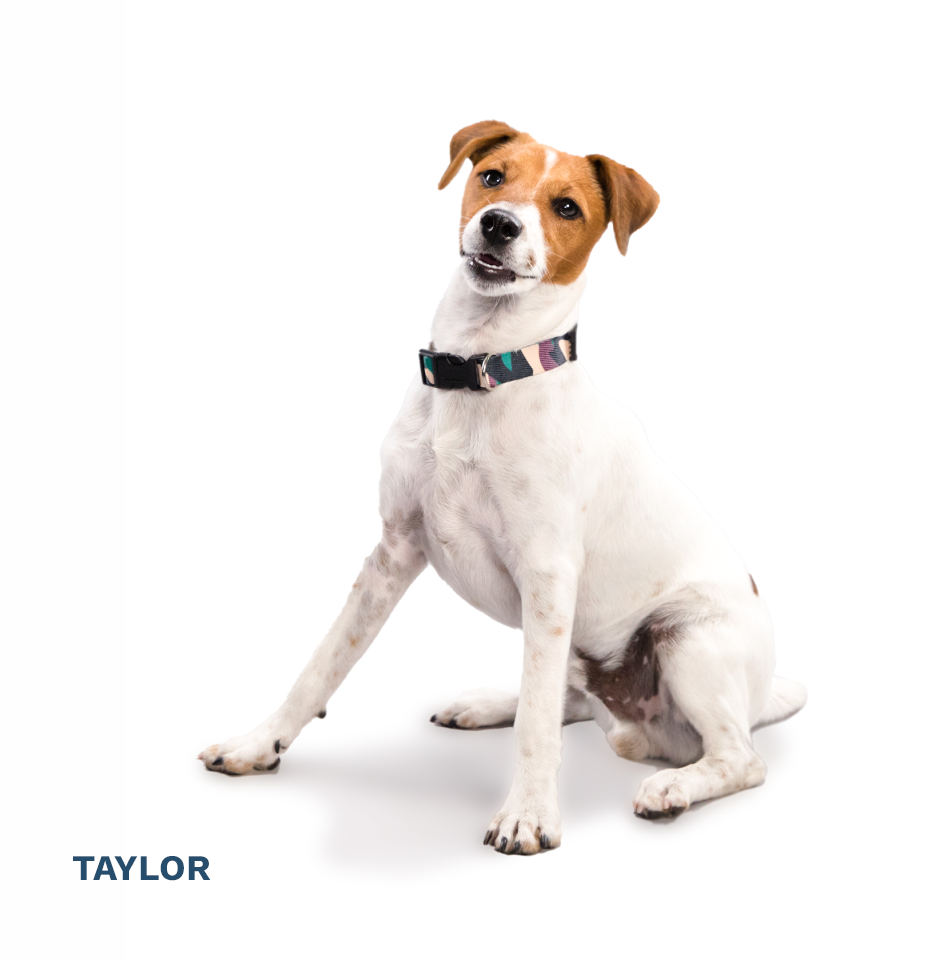When Barking Becomes Excessive Noise
What You Need to Know
The term “excessive noise” shall mean noise which is unreasonably annoying, disturbing, offensive, or which unreasonably interferes with the comfortable enjoyment of life or property of one or more persons occupying property in the community or neighborhood, within reasonable proximity to the property where the dog or dogs are kept.
When It Becomes Unlawful
It shall be unlawful for any person (hereinafter in this section referred to as the owner) to permit any dog or dogs under his or her charge, care, custody or control to emit any excessive noise after the Department has issued a written notice to the owner of the dog or dogs emitting the alleged excessive noise and after the procedures as set forth below have been followed.
If you are experiencing a problem with a barking dog, you must submit a written complaint to the Animal Shelter serving your area.
To file a complaint, you must write a letter including the following:
- Your Name
- Your Address
- Your Phone Number
- Address of the barking dog
- Description of the Problem
- Your Signature
Shelter Locations Near You
There are six LA Animal Services Center shelters. Submit your written complaint to one of the following locations:

Chesterfield Square / South LA
1850 West 60th St.
Los Angeles, CA 90047

East Valley
14409 Vanowen St.
Van Nuys, CA 91405

Harbor
957 North Gaffey St.
San Pedro, CA 90731

North Central
3201 Lacy St.
Los Angeles, CA 90031

West Los Angeles
11361 West Pico Blvd.
Los Angeles, CA 90064

West Valley
20655 Plummer St.
Chatsworth, CA 91311
Addressing the Problem
Understanding What You Can Do
It is perfectly normal and reasonable for dogs to bark from time to time, just as children make noise when they play outside. However, continual barking for long periods of time is a sign that your dog has a problem that needs to be addressed. Excessive barking is typically a sign that of a dog in need of something. Additionally a dog's barking problem can become a "people problem." Understanding of the problem and what can be done is important for both dog owners and their neighbors.
What is your dog trying to communicate?
Dogs communicate by using at least ten different types of sound, ranging from whimpering to growling. By varying the tone of these sounds, they can express no less than 39 different meanings. The sound that usually is successful in getting the most response is barking.
Usually barking means that your dog is in need of something:
- she or he may be bored (especially in a one dog household with the guardians gone a lot of the time)
- she or he may lack exercise
- she or he may lack companionship from their own species
- she or he may lack human attention
These may all be expressions of anxiety, fear or stress.
Barking is normal and the way that your dog communicates, however, when problems such as escaping and excessive barking result in neighborhood disputes, your dog’s barking problem can become a “people problem.” If your dog’s barking has created neighborhood tension, it’s a good idea to discuss the problem with your neighbors.
Factors that the Department may use to determine whether the barking is excessive may include, but are not limited to, the following:
- the nature, frequency and volume of the noise;
- the tone and repetitiveness;
- the time of day or night;
- the distance from the complaining or affected party or parties;
- the number of neighbors affected by or complaining about the noise;
- any other relevant evidence demonstrating that the barking is unduly disruptive;
- and whether the dog is being provoked.
The provisions of this section shall not apply to any commercial animal establishment permitted by zoning law. The Department is responsible for enforcement of the provisions of this section as follows: (Amended by Ord. No. 185,021, Eff. 8/6/17.)
Complaints will be acted on in the following manner:
- First Complaint.
(Amended by Ord. No. 181,930, Eff. 12/11/11.)
Upon receiving a written complaint involving excessive noise, the Department shall issue a written notice to the owner advising the owner of the noise complaint and requesting immediate abatement. The written notice shall describe the excessive noise factors that form the basis of the complaint. (Amended by Ord. No. 185,021, Eff. 8/6/17.)
Complaints to the Department must be submitted in writing, and shall include the name, address and telephone number of the complainant(s) as well as the address of the dog owner and a description of the noise.
- Second Complaint.
(Amended by Ord. No. 181,930, Eff. 12/11/11.)
If, after 15 days from the issuance of the written notice pursuant to Subsection (a) above, a second complaint is received from the complainant along with a written complaint from an additional complainant residing in a separate residence within reasonable proximity to the dog(s), the Department shall, by written notice, require the complainant or complainants and the owner of the dog or dogs to appear at a meeting before a Department representative to discuss possible ways to resolve the problem.
The Department may proceed with a meeting based on a second complaint from only one complainant if the Department determines that the noise affects that complainant. If the problem remains unresolved, the matter shall be set for hearing as provided by Section 53.18.5. (Amended by Ord. No. 185,021, Eff. 8/6/17.)
If the owner fails to appear before the Department representative, and there is evidence that the dog or dogs have emitted excessive noise, the problem shall be deemed unresolved, and the matter set for hearing as provided by Section 53.18.5.
- New License Prohibited.
(Amended by Ord. No. 165,507, Eff. 3/25/90.)
Any person whose dog license has been revoked pursuant to this section shall not have the privilege to own, possess, control or be in charge of any dog for a period of one (1) year from the date the decision becomes final and the Department shall not issue, reissue or renew any license except as provided by Section 53.18.5(r).
- Notice Requirements.
Notice required pursuant to this section shall be given in the manner provided by Section 53.18.5(g)
- Exemption.
(Added by Ord. No. 172,735, Eff. 9/9/99.)
This section shall not apply to any person using guard and/or sentry dogs on lots zoned CCS, M1, M2, MR1, and MR2, as long as that person, at the time when the complaint of excessive noise is lodged with the Department, is in full compliance with the requirements of Sections 53.64 and 53.66 of this Code.
If the problems are not resolved through the Department’s complaint process, the complaint may be referred to an Administrative Hearing - the final mechanism for members of the public wishing to resolve issues involving excessive barking and dangerous animals. Read more about that program here.
Promote and Protect the Health, Safety and Welfare of Animals and People
It is the mission of LA Animals Services to promote and protect the health, safety and welfare of both animals and people. It is important to know the other issues that threaten our pets and communities and how you can make a difference.

Animal cruelty is a serious offence. It may be inflicted in a wide variety of ways and rooted in a variety of causes. Inhumane treatment of animals is against the law and if prosecuted, one may be found guilty of a misdemeanor or felony. Our Animal Control Officers are trained to investigate each matter on a case-by-case basis.
If you see, hear or know of anyone who is carrying out cruel acts on ANY animal, report them right away. You may do so anonymously.

A dangerous animal is a threat to people and to other animals. An animal may be considered dangerous if it has attacked a person or if it has attacked another animal. Report dangerous animals and help us maintain safe neighborhoods. Our Animal Control Officers will respond and investigate reports of menacing behavior.



















